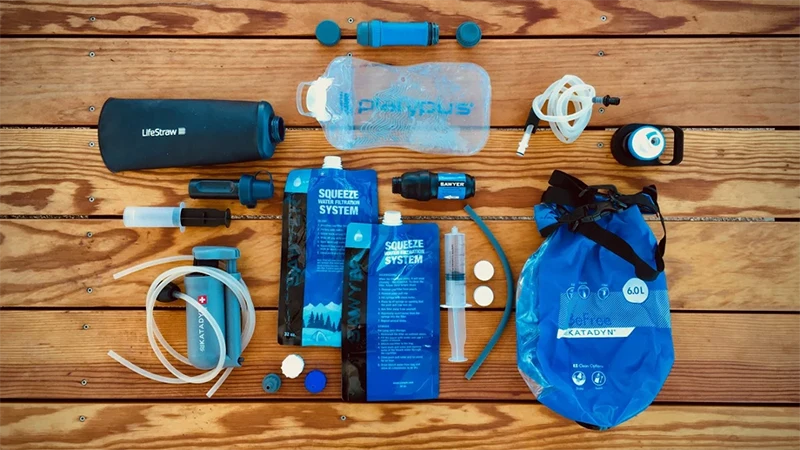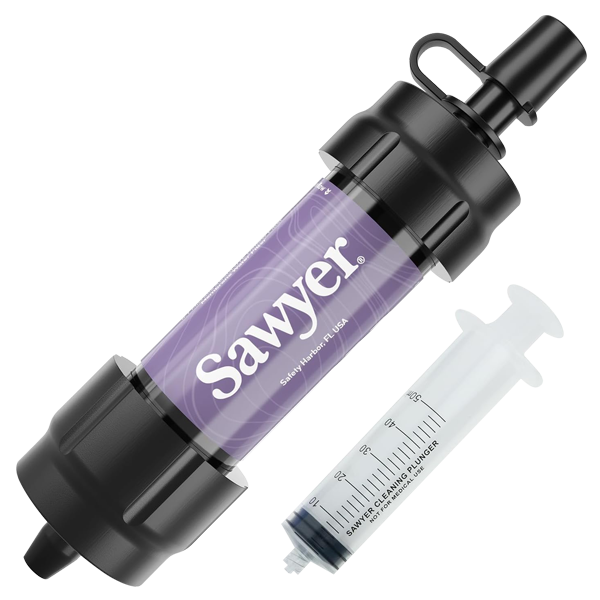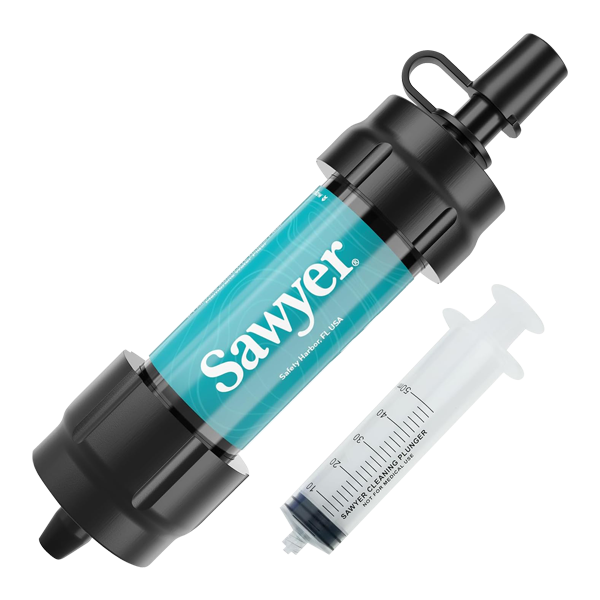

Picaridin vs DEET: Which Is the Best Insect Repellent?
Ticks are an unwelcome, but prevalent companion for many who enjoy the outdoors. They are especially common throughout the Northeast and even long cold winters do little to tamp down the population. Although most tick bites come from ticks in your own backyard, you’ll want to educate yourself on tick prevention before venturing into the woods for your next outdoor adventure. Prevention is absolutely the best approach when it comes to avoiding tick bites and disease.
Tick-Fighting Fashion
Wearing light-colored garments makes it easier to spot a tick crawling on you. Ticks latch easily onto coarser weaves, such as those in heavy canvas pants; opt instead for smoother, tightly woven fabrics. Another standard recommendation is to tuck your pants into your socks to prevent ticks from crawling out of sight underneath your clothing. Applying permethrin and/or DEET to your clothing and shoes will also establish a powerful barrier against your Lilliputian foes. Ticks die quickly when they encounter this powerful toxin. You can apply it yourself with over-the-counter sprays and washing treatments (be sure to closely follow application instructions) or purchase pretreated clothing from companies such as Insect Shield. Treating your footwear is one of the most effective defenses against tick nymphs, which commonly lurk in leaf litter on the forest floor. Adult ticks, on the other hand, will climb up on tall grass and low-lying bushes, allowing them to latch on at the calf or above. Wear treated pants and shorts to fend them off. For maximum protection, wear treated clothing from top to bottom.
Kutoka kwa kikosi
Mazungumzo ya Campfire na jamii yetu, kutoka kwa Wanachama wa Squad na Mabalozi kwa Washirika wa Brand na timu ya Sawyer.

















